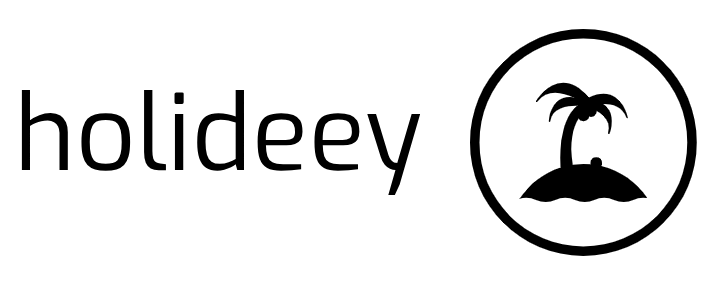Follow the Bouncing Consumer
 According to Google, Bounce Rate is defined as the “percentage of single-page visits or visits in which the person left your site from the entrance (landing) page.” In just a few short seconds, you have to capture your audience and persuade them to go deeper into your site (click to another page such as Contact Us).
According to Google, Bounce Rate is defined as the “percentage of single-page visits or visits in which the person left your site from the entrance (landing) page.” In just a few short seconds, you have to capture your audience and persuade them to go deeper into your site (click to another page such as Contact Us).
Website Design has to take into consideration how to build a site that will compel the consumer to stay on the site and click other pages within your site. The more compelling you landing page, the more the consumer will want to stay on your site and actually convert from a shopper to a consumer. The landing page has to provide the information that was promised in the ad copy and it has to be easily found.
Look at your website and ask yourself the following questions?
1. Does Your Website Capture the Eye of Your Audience? You only have a few seconds to capture your audience. Where do your eyes go on your website? If your traffic spends only a few seconds on your site, they will be considered a bounce. One of the most important aspects of website design is be able to catch the eye of your audience and give them pause long enough to look at your site. Graphic Design plays a key role in whether or not your traffic is considered a bounce.
2. What is Your Website About? The average time spent on a website is around 30 seconds, but the typical person will spend much less time than that if they can’t tell what your site is about or if your site is too cluttered. Your site needs to be clean and compelling because you only have seconds before that traffic moves to your competitors site. Your landing page should be exactly as promised in your description or ad copy and more importantly, once you’ve convinced someone to come to your site for a particular reason, don’t hide that information. If you’re promising someone a free download, don’t make them hunt for the download button.
3. Is Your Important Information Above the Fold? Your audience doesn’t need to hunt for your most important information like your “contact us” button or your special offers and call to actions, so make sure you can establish your unique position without making your audience scroll down to find it.
4. Does Your Site Have a Clear and Compelling Call to Action? Once you connect with your audience, there needs to be something that tells them what to do next. Provide them with a compelling call to action, such as, “Download Report Now,” “Buy Now,” “Free Sample,” “Join our Mailing List,” or “Sign up for a Free Trial.” These are just a few examples of your unique selling position.
5. Does Your Site Connect With the Consumer? Consumers prefer dealing with people and not machines. Use a conversation style on your site and be honest and straightforward about your products and services.

